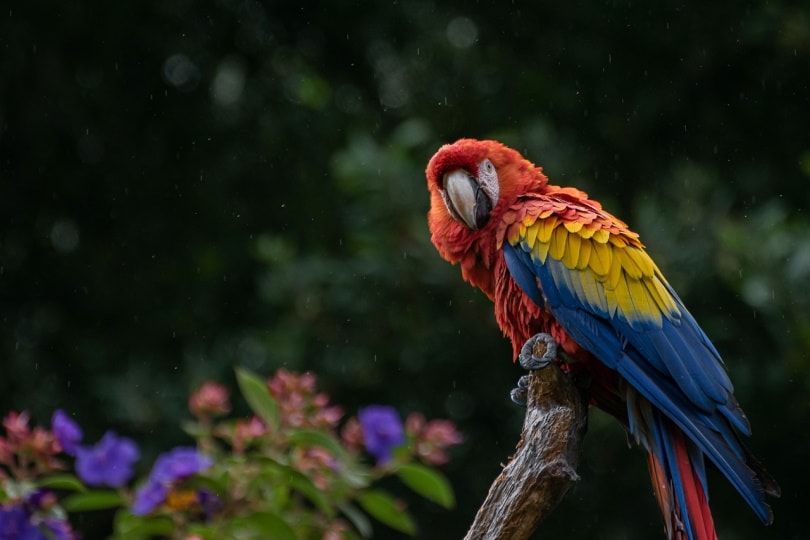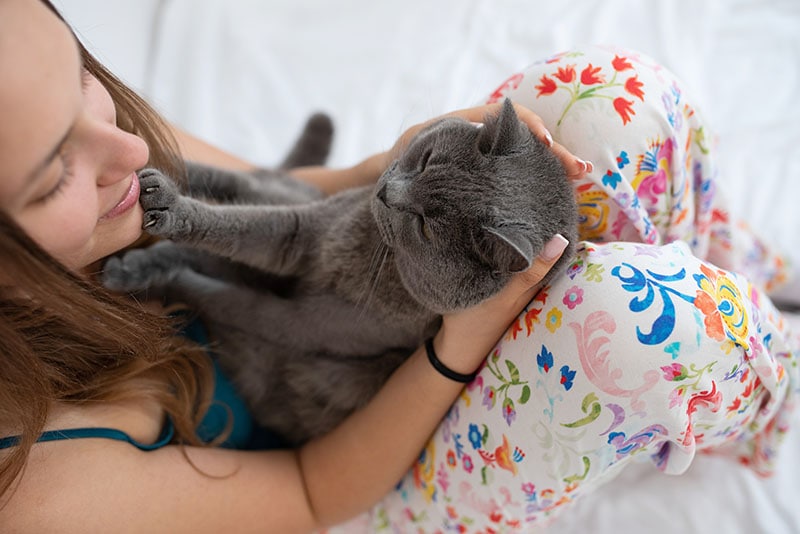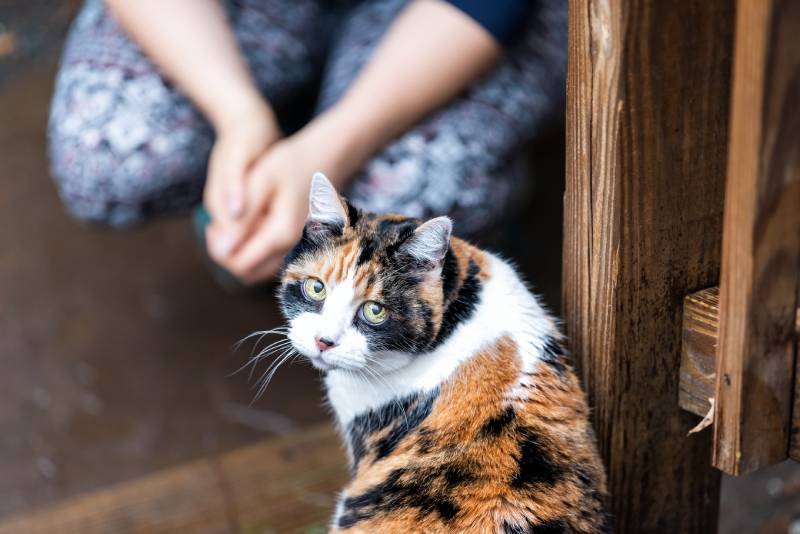Click to Skip Ahead
As one of the most colorful parrots in the world, the Cuban Macaw was a highly sought-after pet. But for myriad reasons, they were driven to extinction in the mid to late 1800s.
What led to their demise? What did they look like when they were alive? What were they like? We answer these questions and provide more avian facts for you here. If you were wondering if you could still find one in captivity, you’re sadly out of luck.

History of the Cuban Macaw
While the Cuban Macaw was around long before the 15th century, that’s when the first record was made of these birds. As their name implies, they were native to Cuba, and they didn’t have much of a habitat outside that area.
While the exact extent of their range in Cuba is still unknown, we know that they were located throughout the central and western parts, and they had a strong population in the Zapata Swamp.
In the 15th century, they were commonly caught and traded by both Europeans and Native Americans. They remained popular throughout the world as pets for the next 300 years, even appearing in several royal aviaries throughout Europe.
They had an average lifespan of just over 30 years, though these birds could live up to 60 years in the right conditions! But even their long lives couldn’t save them from their eventual demise.

The Demise of the Cuban Macaw
The primary factor that led to the extinction of the Cuban Macaw was human intervention. While the Cuban Macaw was an extremely clever bird, they didn’t have the strongest survival instincts when it came to avoiding humans. This made them easy to catch, which both Europeans and Native Americans did with abundance.
Other reasons that the Cuban Macaw went extinct were deforestation and hunting, both done by humans. In fact, humans shot the last confirmed Cuban Macaw in 1864.
While there are plenty of relatives of the Cuban Macaw alive today, the closest that you can get to seeing an actual Cuban Macaw is to visit one of the 19 skins available in museums.

Cuban Macaw Appearance
The Cuban Macaw was one of the smallest Macaws in the world, but they were also among the most colorful. They had a red, orange, yellow, and white head that paired beautifully with their red, orange, brown, green, and blue body.
Their small size and wide array of colors made them outstanding pets. While there are rumors that juvenile Cuban Macaws were green and developed their bright colors later in life, there are no verified claims of this.
Both male and female Cuban Macaws looked identical. While many people confused the Cuban Macaw and the Scarlet or Red Macaw, there were several physical differences. First, the Cuban Macaw was a much smaller bird. Second, the Cuban Macaw had an all-black beak, whereas the Scarlet Macaw’s beak is a white/cream color. Finally, the Cuban Macaw had a yellow shoulder patch, while the Scarlet Macaw’s shoulder is bright red.

Conclusion
The Cuban Macaw is an example of what can happen without proper animal conservation. They had a limited natural range, and humans hunted and captured them extensively while destroying their natural habitat.
These beautiful birds are a cautionary tale and one that we should pay attention to with so many animals on the verge of extinction today.
You May Also Like:
Featured Image Credit: bergslay, Pixabay










